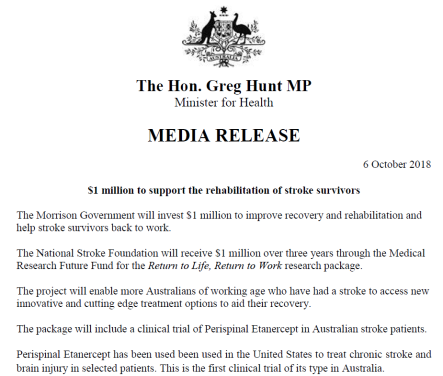I’ve reprised an earlier post on hypocrisy in med research/experimentation, since reflecting on its value post-pandemic is important. Lives are at stake if we get this wrong.
The Undersea and Hyperbaric Medical Society is a key body of physicians who believe in the therapy, and is status reporting on clinical trials of hyperbaric oxygen (HBOT) in treating severe COVID-19. The rigour of a study by Gorenstein and Lee of New York Uni stands out and has progressed more quickly than another eight similar, however delayed by a restart after Institutional Ethics rejected an initial proposal for subject-own-controls ie measuring severity before & after then comparing with expected recovery rates. A Randomised control (RCT) was mandated, which may appear callous, in that half were denied adjunct HBOT but received standard care only.
The restart RCT has published a mid-term report, per Data and Safety Management, in order to warrant continuation. Although the fatality rate of the HBOT group was one third that of the control arm, the trial was stopped at the request of the US FDA. Why? An adverse event occurred, requiring investigation. A patient arrested in the ward shortly after the HBOT session, was resuscitated but then died. Wait on: they arrived at the chamber with sats of 66% (clip-on oximeter isn’t very accurate when this low, nonetheless hypoxia is indicated). Without bloods, hypoxemia is speculative, but care had already failed. The hospital’s failure in no way indicts the HBOT therapy as risky, and the current stymie by the regulator is actually causing harm (if the statistically significant interim results are to be believed).
Oxygen is cheap – it can be made at home for $2/hr, but without a pressurised chamber it’s benefit is limited to those with COPD and poor sats. Normal sats of 98% are at the limit of haemoglobin’s ability to bind oxygen, but increase the pressure and it dissolves into all tissues (especially the poorly perfused ulcerous diabetic ulcers, for which TGA/Medicare approve benefits).
On the flipside, snakeoil salesman Tobinick’s lobbyists have obtained funding for a maverick trial of Pfizer’s Enbrel/etanercept. That’s a company spending an avg of $3bn pa on advertising alone in the US, where such is allowed. If the market for this lucrative drug expands beyond rheumatology and into stroke etc, then its patent can be extended. Health Min Hunt tendered the project, reversing the principle of researchers competing for funding based on merit. Florey Institute at Austin Health won the business, unfortunately. They’ve been secretive. A reminder of their obligation to publish within two years of last data collection was answered by a sponsor with: “I do not anticipate we will have anything further to add to this or our previous responses to you…”
Tobinick sued a Yale neurologist for calling ‘lacks evidence’ on his Perispinal Etanercept dabblings in a post at Science Based Medicine. He lost, costs and all – $259,785, affirmed in Appeal. To date, after eight years, the only results presented are those dramatic YouTube videos. Vulnerable victims of traumatic brain injury or stroke, expecting such miracles, spend $45,000 for disappointing results. Governance should be protective, rather than raising unjustified hopes and fueling exploitation. Covert Pharma influence on politicians has been flagrant for a long time – the partnerships go back decades. Kieran Schneemann went from PM John Howard’s Chief of Staff to CEO of industry lobbyists Medicines Australia. Now Director of Govt Affairs at AstraZeneca (PM Scott Morrison’s awkwardly embarrassed new best friends), it’s doubtful that his intent is to redress their behaviour that incurred $USD543m in fines for government-contracting offences.I felt no need to start writing afresh on this theme. There’s nothing new about this issue, it never goes away.
